Description
Many products have not been listed yet. For more products, please contact us
If the product model is inconsistent with the displayed image, the model shall prevail. Please contact us for specific product images, and we will arrange for photos to be taken and confirmed in the warehouse
We have 16 shared warehouses worldwide, so sometimes it may take several hours to accurately return to you. We apologize for any inconvenience caused. Of course, we will respond to your concerns as soon as possible.
PFCL201C-20KN Other names:
Pillow type sensor PFCL201C-20KN
PFCL201C-20KN Tensiometer
Tension spare part PFCL201C-20KN
PFCL201C-20KN tension module
The PFCL201C-20KN tension sensor module is a device used to measure the magnitude of object tension. Here are some basic information about the tension sensor module:
Definition and working principle:
The PFCL201C-20KN tension sensor module is a sensor based on the principles of strain measurement and electrical signal conversion. It measures tension by measuring the shape and size changes of the object under tension. Specifically, the tension sensor module utilizes a resistive strain gauge type sensor. When subjected to tension, the thin sheet made of resistive material undergoes deformation, resulting in a change in resistance value, indirectly reflecting the magnitude of tension. Subsequently, the tension sensor module converts the changes in resistance values into electrical signals that can be recognized and recorded by humans, typically achieved through bridge circuits that convert resistance values into voltage values for easy measurement and processing.
Application scope:
The application range of the 3BSE027070R10 tension sensor module is very wide, including but not limited to:
Measurement of torque and efficiency transmitted by various rotating power equipment systems;.jpg)
Detection of torque, speed, and shaft force;
Manufacturing of viscometers and electric (pneumatic, fluid) torque wrenches;
Control and inspection of the overall stiffness torsion test of automotive engines, diesel engines, steering gears, and vehicle bodies, as well as the machining process of other components;
Control and monitoring of oil extraction and refining processes, monitoring of thermal power units, ore sorting control, and monitoring of wind turbines;
Torsion life test of various materials;
Process control of railway mechanical equipment, etc.
Selection principle:
When selecting a tension sensor module, the following factors need to be considered:
The size of the measurement range;
The volume requirement of the measured position;
Is the measurement method contact or non-contact;
Signal differentiation method;.jpg)
Wired or non-contact measurement;
Domestic or imported;
Customized requirements under special circumstances, etc.
In addition, it is necessary to consider the sensitivity of the tension sensor module, specific performance indicators, and external structural types (such as shaft type, through shaft type, cantilever type, etc.).
Usage tips:
When using the tension sensor module, the following tips need to be noted:
Install the sensor correctly to avoid excessive external force on the sensor and avoid affecting its measurement accuracy;
Adjust the zero point of the sensor before use to ensure that the sensor is in a stationary state and avoid external interference;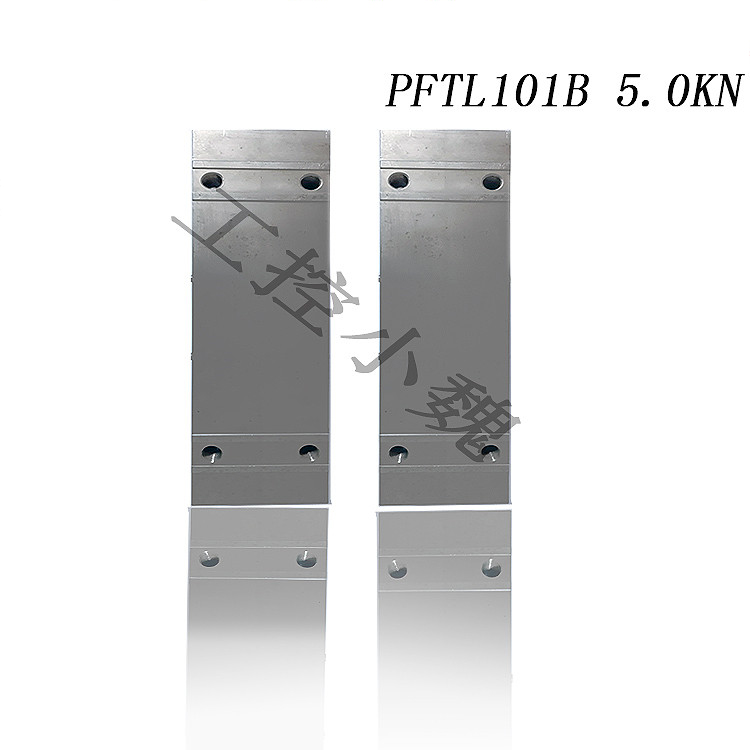
Keep the surface of the sensor clean and avoid the influence of impurities such as oil and dust;
Connect the cable correctly, ensuring that the interface of the cable matches the interface of the sensor, and avoiding looseness or poor contact.
The use of tension sensors mainly includes the following steps and precautions:
Choose the appropriate range: First, you need to choose the appropriate range according to your actual needs. Range refers to the maximum tension value that the sensor can measure. Choosing the appropriate range is the key to ensuring measurement accuracy and stability. If the range selection is too large, it will lead to a decrease in measurement accuracy; If the range selection is too small, it may overload the sensor and cause damage.
Proper installation of sensors:
The installation method of tension sensors should be determined based on the environment and usage requirements of the application equipment. For example, seat type tension sensors can be installed horizontally or on walls, axial tension detectors can be installed on machine brackets or fixed on the bottom plate, and cantilever type tension sensors can be directly installed on equipment mounting plates or walls.
During installation, it is important to ensure that the connection between the sensor and the object being tested is firm and reliable to avoid loosening or shaking. In addition, it is necessary to choose the appropriate connection method based on the interface type of the sensor, such as threaded connection, flange connection, etc.
Keep the hinge area of the sensor and the air outlet of the load interface clean and lubricated to prevent rusting and blockage of the interface.
Adjusting the appropriate zero point: Before using a tension sensor, it is necessary to adjust the zero point of the sensor. Zero adjustment is the process of making the output signal of the sensor zero in a tension free state. If there is dirt or debris on the surface of the sensor, it should be cleaned in a timely manner to ensure the accuracy and stability of the measurement.
Perform calibration:
Before debugging the sensor, it is necessary to first determine its rated range, including the minimum measurement range, maximum measurement range, accuracy and other parameters.
Connect the sensor and adjust the amplification factor so that the output signal can be accurately read and processed.
Perform zero point calibration to eliminate errors. The specific operation methods vary depending on the type of sensor, usually including mechanical calibration method and electronic zero adjustment method.
Perform sensitivity calibration to improve measurement accuracy. The specific operation methods also vary depending on the type of sensor, usually including proportional adjustment method and analog calibration method.
Verify the debugging results and record them: After completing the above steps, it is necessary to verify the measurement accuracy of the sensor and record the debugging results for future reference.
Pay attention to error control: Sensors may produce varying degrees of error during measurement due to other factors such as temperature and humidity. This requires specialized calibration for error correction..jpg)
Professional maintenance: The use and maintenance of sensors require a certain level of technical proficiency. Therefore, professional personnel must be responsible when using or maintaining sensors. This professional not only needs to understand its working principle and wiring method, but also needs to know how to maintain the optimal state of the sensor.
In summary, the tension sensor module is an important measuring device with extensive applications in industrial automation, mechanical manufacturing, petrochemical and other fields. During use, it is important to choose the appropriate model and follow the correct usage methods to ensure measurement accuracy and stability.
All products on this website are special products, and market prices have been fluctuating,
The specific customer service quotation shall prevail, as the product is a new product and the price is not genuine,
Please confirm the model, product, price, and other detailed information with customer service before placing an order. The website has been used,
The new one is for sale, please contact customer service to communicate.
Warehouse discount product recommendation:
PFTL201C-50KN
PFTL201C-50KN
PFTL101BE 2.0KN
PFTL101BE 2.0KN
PFTL201DE-100.0KN
PFTL201D-100.0KN
PFTL201DE-50.0KN
PFTL201D-50.0KN
PFTL201CE-50.0KN
PFTL201C-50.0KN
More……


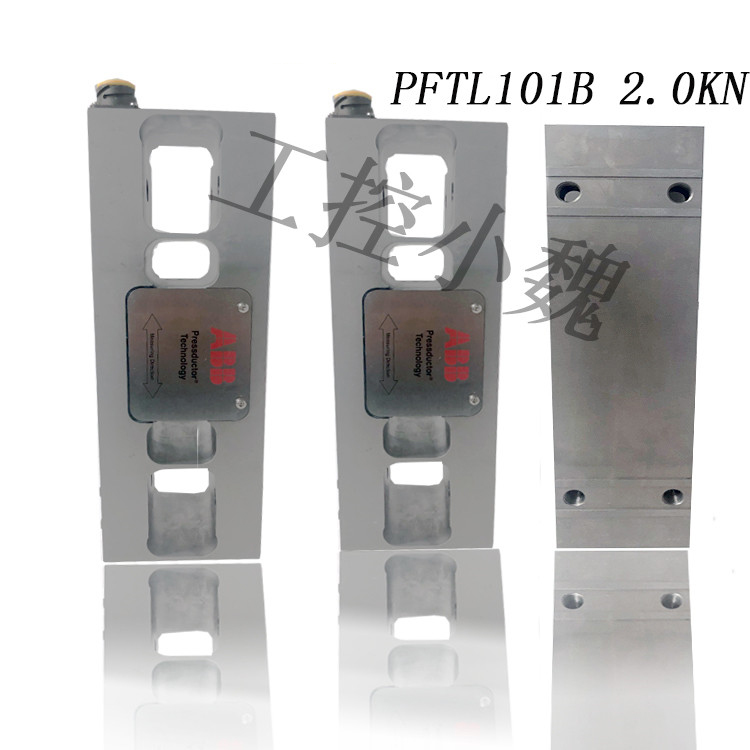
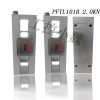
-100x100.jpg)
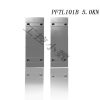
-100x100.jpg)
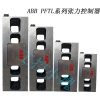
-100x100.jpg)
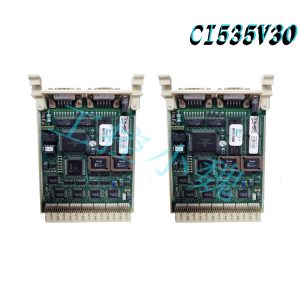
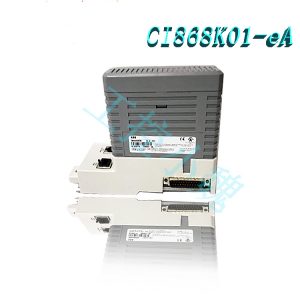
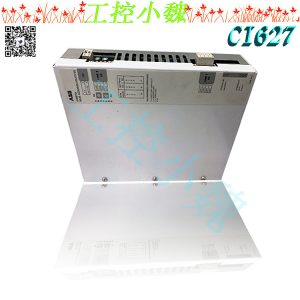
-300x300.jpg)
admin –
The PFCL201C-20KN tension sensor module is a sensor based on the principles of strain measurement and electrical signal conversion. It measures tension by measuring the shape and size changes of the object under tension. Specifically, the tension sensor module utilizes a resistive strain gauge type sensor. When subjected to tension, the thin sheet made of resistive material undergoes deformation, resulting in a change in resistance value, indirectly reflecting the magnitude of tension. Subsequently, the tension sensor module converts the changes in resistance values into electrical signals that can be recognized and recorded by humans, typically achieved through bridge circuits that convert resistance values into voltage values for easy measurement and processing.